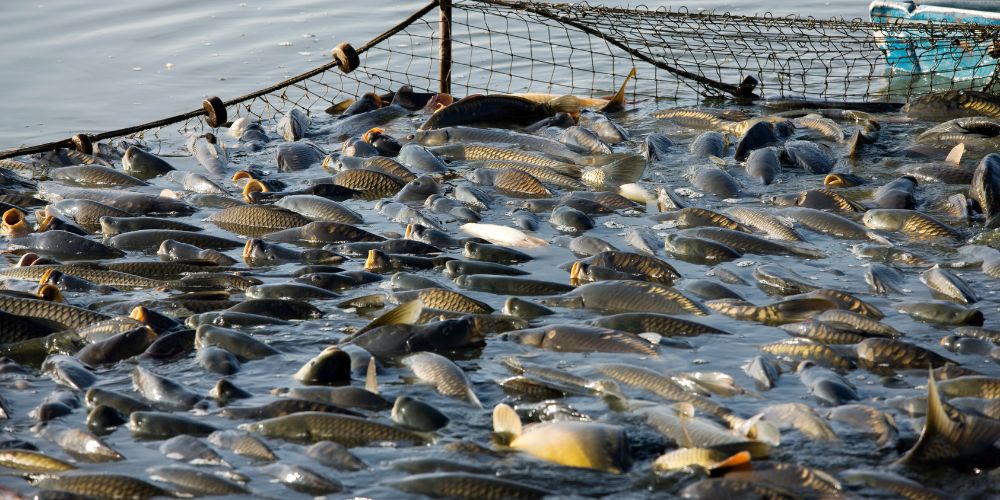
How Overfishing Threatens Ocean Sustainability
Posted by Enrico Gennari on July 29, 2024
Human actions significantly impact the fragile harmony of marine systems, with overfishing being a prominent danger to ocean endurance.
Fathoming this matter demands exploring the notions of sustainable seafood and aquaculture, the effects of overfishing that harm, and realizable remedies for lessening these impacts.
What is Sustainable Seafood?
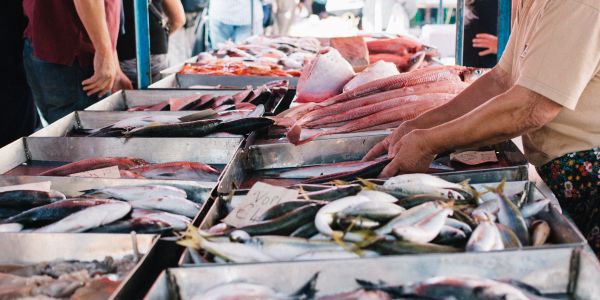
Seafood created in an enduring way comes from fish and shellfish caught utilizing techniques that do not decrease the fish population or limit environmental harm. Sustainable seafood is essential for keeping variety in ocean life and ensuring enough seafood for coming times. Practices related to sustainable seafood emphasize techniques that avoid excessive use of marine resources and safeguard the excellent state of health within oceanic ecosystems.
It's also vital to aquaculture practices as part of sustainable seafood. That is because farmed seafood reduces pressure from wild fish populations. However, it has to be managed responsibly, not negatively, to impact the environment through habitat destruction and water pollution. Protection steps, things that can be kept up, and sound rules are needed to maintain the health of our surroundings in a lasting way. Everyone must safeguard and preserve our natural assets for future times.
The Risks of Overfishing
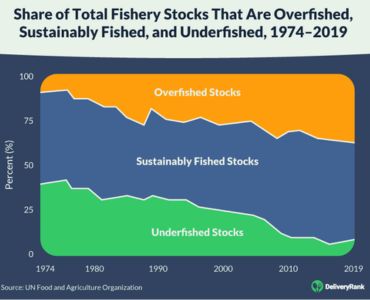
Source: https://www.deliveryrank.com/blog/how-to-stop-overfishing
Overfishing is when the fish are removed at a rate higher than their reproduction capability. It does not only curse fish stocks but also affects marine ecosystems in balance. The impacts of overfishing extend to many other views concerning the ocean's health. For a deeper understanding of the critical issues associated with overfishing, you can explore National Geographic's coverage on the topic.
• Decline of fish populations: The foremost and direct effect of overfishing is a decline in fish populations. The Atlantic cod was replete off Newfoundland's coasts; its stocks have drastically fallen due to intense fishing pressure. Such depletion impacts the food chain since several species rely on cod as their primary food.
• Damage to Marine Ecosystems: These may also result in habitat damage. One of these types is trawling, whereby heavy nets are dragged across the sea bottom, often leading to catastrophic damage in underwater habitats, such as coral reefs, especially estuarine seagrass beds. Habitats are crucial for many sea creatures to live and reproduce. The damage to these places has lasting effects on their survival.
• Bycatch and Bycatch-Induced Mortality: Bycatch refers to animals caught unintentionally, primarily dolphins, sea turtles, and seabirds. It usually leads to the detriment or death of the bycatch. For example, shrimp trawling has, at times, recorded very extreme levels of bycatch that negatively reflect the numbers of endangered species.
• Impact on Marine Biodiversity: Overfishing effects in loss of biodiversity. The continuous removal of some fish species will upset the predator-prey balance found within the ecosystem. Because of this imbalance, some species—now uncontrolled—will multiply and further alter this important marine system.
Solutions and Practices for Sustainable Fishing and Aquaculture
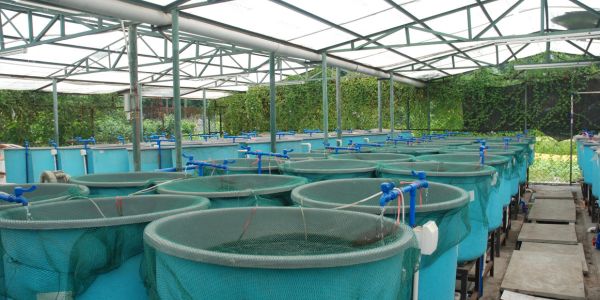
Overfishing requires multidimensional solutions concerning sustainable fishing and responsible aquaculture practices. The following are some very efficient solution measures and practices:
• Implementing Quotas and Fishing Limits: Setting quotas regarding the number of fish that can be caught implies that fish populations are given time to recover and stay viable. For example, the North Atlantic Fisheries Organization has established quotas for different fish species to manage them properly.
• Sustainable fishing methods: The state-of-the-art fishing methods can be environmentally friendly. These include pole and line, long line-with-circle-hook, etc. According to the Marine Stewardship Council, fisheries involving practices that are harmless to the environment get certified by this body. This certification helps consumers choose seafood that is eco-friendly easily.
• Supporting Aquaculture Best Practice: Environmental protection and fish welfare are two key features of sustainable aquaculture. It also includes feeding farmed fish that do not deplete wild fish stocks, managing wastes and excretion to prevent water pollution, and avoiding the shift of diseases from farmed fish to wild fish. Under the GAA sustainability program, GAA provides certifications against responsible aquaculture practices for consumers seeking sustainably farmed seafood.
• Restoring Marine Habitats: Restoration efforts undertaken for marine habitats damaged through overfishing can reverse their harmful impact. Those projects, whether in coral reef recreation and restoration or the creation of protected areas, provide a haven for species and allow Marine ecosystems to recover from previous damages.
• Raise public awareness: The general public needs to be introduced to the basics of the impacts of overfishing and why people demand sustainable seafood. Campaigns or organizations like Sea Food Watch raise awareness and create action points on behalf of ocean conservation.
For additional insights and practical steps on how to stop overfishing, you can refer to Delivery Rank’s blog on the topic.
The Role of Policy and Legislation in Addressing Overfishing
There is an excellent need for sufficient policy and legislation on overfishing matters to promote sustainable fishing practices. Governments and related international bodies set the pace in controlling maritime resources to encourage the future good health of the ocean.
• International Agreements: UNCLOS and the Fish Stocks Agreement set a base for managing marine resources and their conservation. These agreements also underline the need for countries to cooperate in managing overfishing and protecting common fish stocks. Countries can take cooperative measures to avoid overexploitation and ensure sustainable fishing.
• National Regulations: Many nations have regulations concerning controlling fisheries and conserving marine environments. For example, the Magnuson Stevens Fishery and Conservation Management Act controls catch quotas and limits to prevent overfishing problems in the United States. Strict enforcement could ensure effective compliance and protection for fish populations.
• Incentivizing Sustainable Practices: Fair policies will motivate stakeholders within the fishing industry to practice more responsible methods. These policies can include incentives for sustainable fisheries, reduced taxes for more environmentally friendly operations, or grants for research and development in sustainable aquaculture farming.
• Protection of Marine Protected Areas: MPAs set aside critical habitats and offer an opportunity for ecosystem recovery through prohibition against overfishing. They also provide a safe place for marine species to grow, hence ocean health.
Strengthening national, regional, and global policies and regulations with provisions for their effective implementation will help address the challenges of overfishing and ensure a better future for our oceans.
Initiative For Supporting Sustainable Fishing in South Africa and Around the Globe
Sea Food Souq's initiative of digitizing South African tuna fishing in collaboration with ICV Africa, marks a significant step toward making the industry more sustainable and traceable. They've developed the world's first GDST (Global Dialogue on Seafood Traceability) digital logbook, integrated with SFS Trace technology, for South Africa's Pole and Line Tuna fisheries. This technology aims to streamline operations, enhance traceability, and promote sustainable seafood practices. It simplifies manual record-keeping, improves data intelligence, and ensures compliance with export requirements. By enhancing operational efficiency and supporting sustainable fishing practices, this initiative not only benefits local tuna fisheries but also sets a new standard for responsible seafood sourcing globally.
This initiative sets new benchmarks for the seafood industry, protecting oceans and resources for future generations.
Several countries like Japan, Norway, and the United States are adopting similar systems to enhance sustainability and traceability in their fisheries. These efforts are part of a broader global trend towards using technology to promote sustainable and responsible fishing practices.
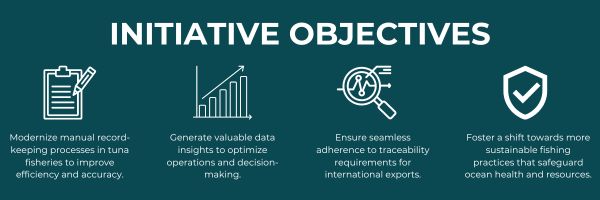
To learn more about this innovative project, visit the Sea Food Souq website.
Conclusion
One of the significant pressures threatening ocean sustainability is overfishing. The people should develop better knowledge of sustainable seafood and aquaculture, recognize the dangers of illegal fishing, and apply relevant overfishing solutions to save marine ecosystems for future generations. Further research on this topic should be carried out in an institution like the Oceans Research Institute to sustain health in the Oceans.
The Oceans Research Institute provides more information on how to contribute to marine conservation. By supporting organizations involved in ocean research and adopting sustainable practices, we can help alleviate overfishing and foster a healthier, more sustainable ocean environment.